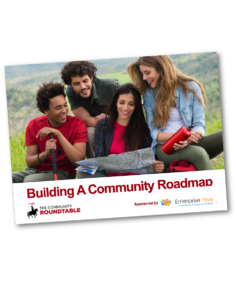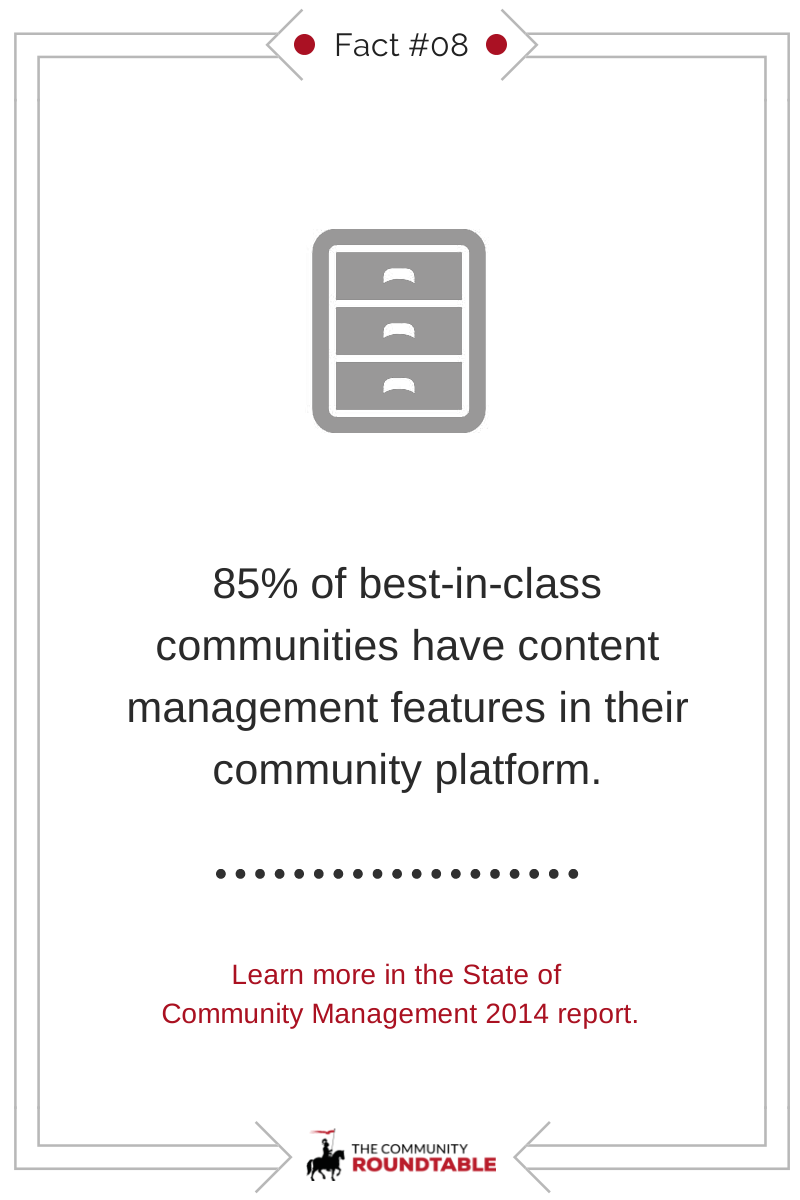The first time I evaluated an online community platform was in 2011 for a large, customer-facing application. At the time there were only a handful of best-in-class providers. The good news for the community platform shopper today is there are more good options to choose from. The bad news is you’ll need to spend more time navigating and examining all the choices.
I recently went through the platform evaluation process for a client and want to share some of my experience and some key steps I recommend you keep in mind as you consider potential community platforms.
First-time shopper?
If this will be your first community the initial item on your to-do list should be to clearly define why you want a community. What are your mission, objectives, and measurement of success? Defining these points will help you identify key platform functionality and analytics required to meet your objectives and measure success. The available metrics measured varies significantly from platform to platform.
Search far and wide.
When you start looking at the available online community platform options, I would encourage you to cast a wide net to start. Look at a wide variety of platform providers and the types of clients they serve. What platforms are deployed for use cases like mine, are they successful and why? Ask your community peers about their experiences. The Community Roundtable Network members are a great resource and utilize a broad array of platforms for all types of use cases. BTW… don’t overlook platforms you may already have in place elsewhere in your organization. Depending on the size of your company, there may be an existing option that you weren’t aware of.
Don’t skimp on the requirements.
Develop a thorough RFP based on the functionality and requirements important to you. I recommend building an Excel spreadsheet with a broad list of possible considerations. Then prioritize the requirements by must have, should have, and would be nice to have. Whether you send the RFP out to a large number of potential providers or just your short list, it’s unlikely any platform with have all the requirements in your list but the ones they don’t provide you can see if they’re on their roadmap.
Sandboxes aren’t just for kids.
Ask the online community platform providers to provide you with a sandbox that you can explore and test. This ask is becoming more and more commonplace and is a great exercise if you have the time allotted in the evaluation process. Taking a hands-on test drive is a valuable way to see if the platform truly is a good fit.
Who will you be working with after the sale?
Make sure you meet the implementation team, not just the sales team. In most cases, the person you work with during the sales and exploration phase will not be part of the team you’re engaged with day to day once you’ve signed the contract. Make sure you’re comfortable and confident with the team that will be working closely with you during implementation.
Migrating an existing community?
If you’re migrating data from an existing community, make sure the new providers you are considering have experience migrating data from your current platform. Most providers will tell you they can migrate your data, but personally, I feel more comfortable selecting a platform and implementation team that has done it before.
Selecting the right online community platform is an important step in your community journey. As I mentioned at the top, the good news is there are a number of very good platform options to choose from. Just remember to clearly define what you need, take the time to explore and evaluate your options and ask a lot of questions, of both the platform providers and your peers. Happy shopping!

More Resources
- Webinar: Best Practices for Community Migration
- Case Study: Best Practices for Selecting a Community Platform
- Communi
ty Platform Requirements Library & Vendor Comparison Tool
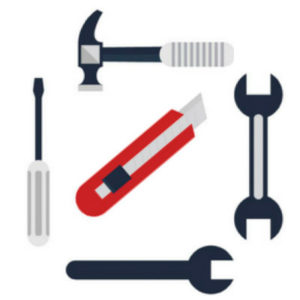

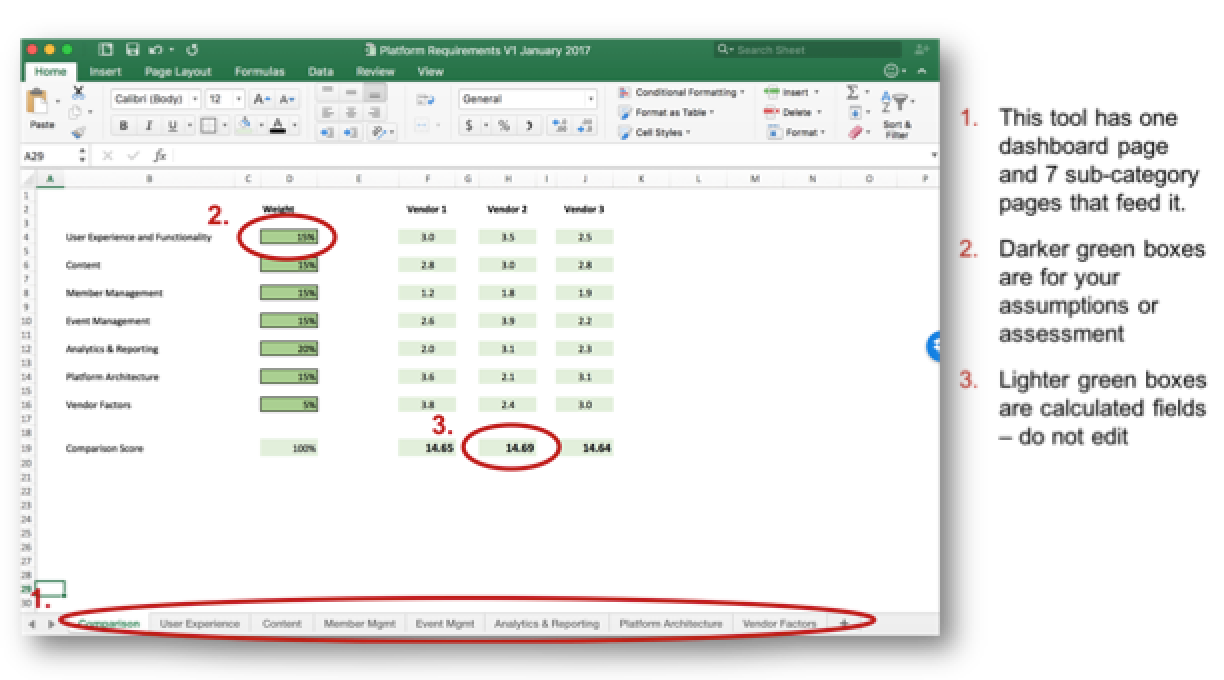
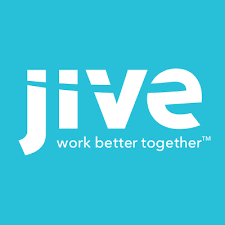 When I started IDC’s social software research practice in 2007, the entire market was about $50 million and Jive was one of 10 or more vendors. Needless to say, the market has come a long way in the last ten years, along with lots of twists and turns.
When I started IDC’s social software research practice in 2007, the entire market was about $50 million and Jive was one of 10 or more vendors. Needless to say, the market has come a long way in the last ten years, along with lots of twists and turns.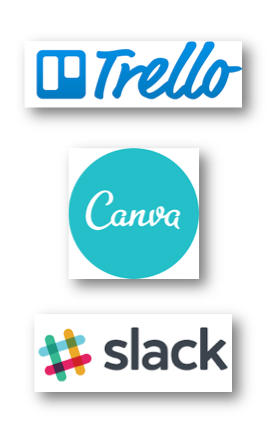 The recent Atlassian
The recent Atlassian 
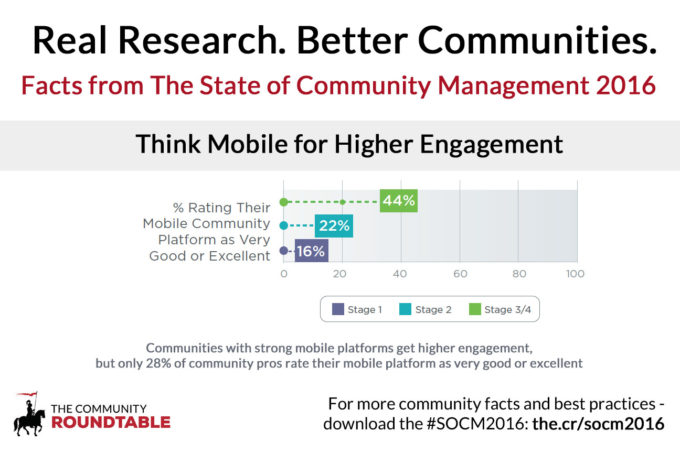
 By
By 